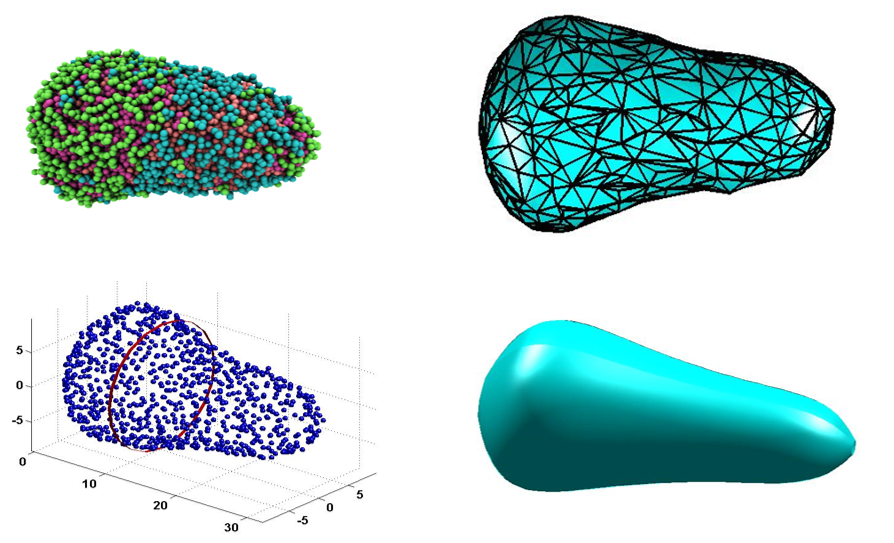The objective of our research program is to develop computational methodologies to enable the design, conception and prediction of novel materials with controllable kinetics and thermodynamics, which can be used to guide the design of experimental systems for applications in drug delivery, medicine, sensing, sustainability and energy.
Some of the topics that we work with are:
- Bio-Inspired Cell Membranes
- Hybrid Soft Materials Design
- Interfacial Adsorption in Medicine, Sustainability and Energy
- Computational Science
